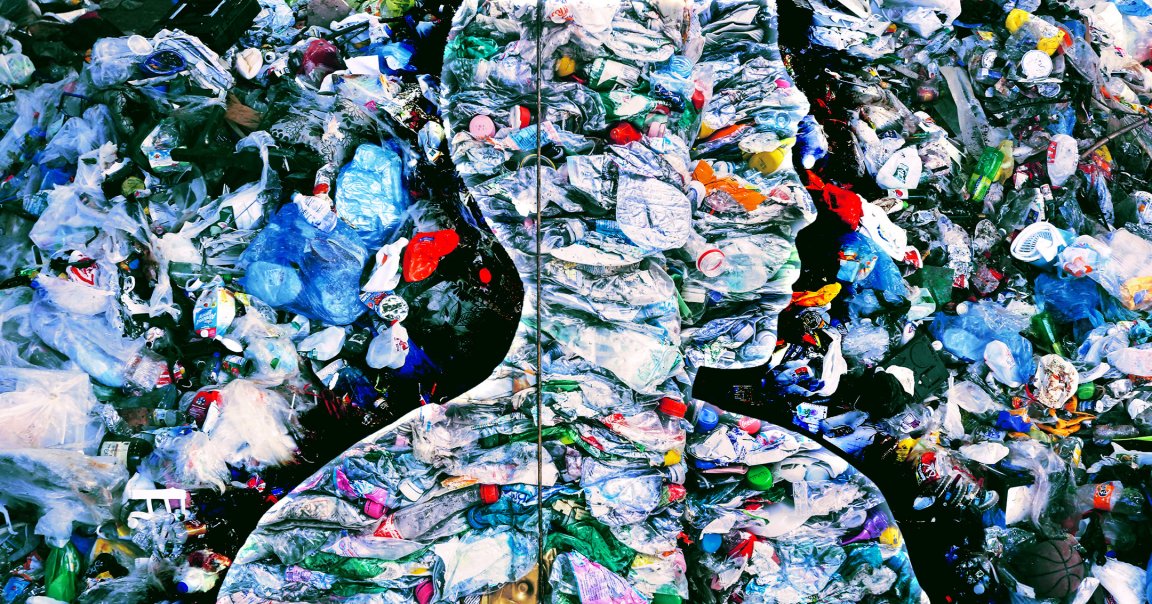
The start of this year marked more than a quarter of the way through the 21st century. And though 2025 might not be full of flying cars and robot servants, there are a few sci-fi tropes that ended up panning out: novels like George Orwell’s “1984,” and Phillip K Dick’s “Do Androids Dream of Electric Sheep?” are alive and well as real-world police use expansive surveillance networks to bust criminals before they even do anything wrong, while the sex robot market has become a nearly $350 million industry.
Even pie-in-the-sky clichés like “second bodies” have now come to life — it just might not be the body-swapping horror one may imagine after watching 2024’s “The Substance.”
Instead, we’re treated to a different type of horror, as the New York Times‘ David Wallace-Wells points out in a scathing essay: a second body made entirely of pollution.
In his wide-ranging piece, Wallace-Wells weaves a thread through all the bits of man-made junk that have come to rest in nearly every nook and cranny of our planet. From the ice atop Mount Everest to the hazy air lingering over the desert, and even in the darkest depths of the Mariana Trench, plastics are there.
As a result, the polymers have become a key staple of our food chain. “Plastic is now threaded through the flesh of fish, where it is interfering with reproduction, and the stalks of plants, where it is interfering with photosynthesis, and in much else we place upon our dinner plates and set about eating,” Wallace-Wells notes.
This, of course, is why scientists have found traces of microplastics in nearly every part of the human body, from appendages like tongues and toes to organs including the brain and kidneys.
But microplastics are just a sliver of the noxious industrial pie making up our second body. There’s PFAS in our blood, FCCs in our stomachs, BPAs in our skin, and air pollution in our lungs. A 2021 study on pregnant women by scientists at UC San Francisco found 109 inorganic chemicals present in their bodies — 55 of which had never been detected in a human before, and 42 “mystery chemicals” which were unknown to the scientific community at the time.
As Popular Mechanics pointed out at the time, those substances are unidentifiable thanks to the tight-lipped world of corporate chemical production, where — as long as the Environmental Protection Agency doesn’t catch on — the sky’s the limit on which compounds a company can pump into food, dump into rivers, and spew into the air.
Experts say the effects of this profit-driven pollution are irreversible, at least by any sort of metric that matters for anybody reading this.
As Wallace-Wells elegantly pens: “If memory is a butterfly net, collecting some magical fluttering treasures and letting others fly free, so too are those second bodies, trawling for poisons alongside other morsels to eat and breathe and otherwise shape into the stuff of personal fate.”
More on pollution: Almost All Rain Drops Contain the Same Weird Chemical